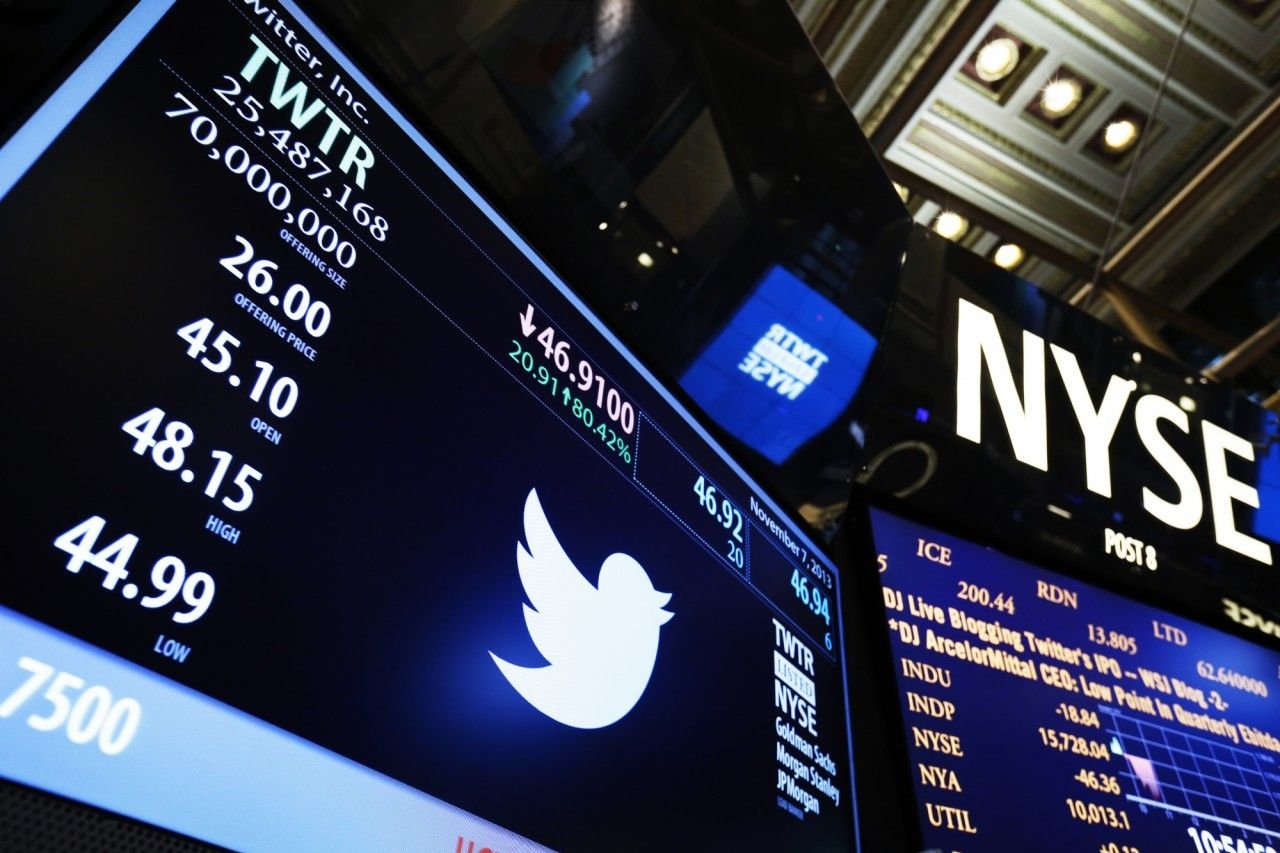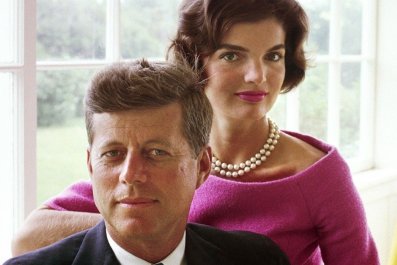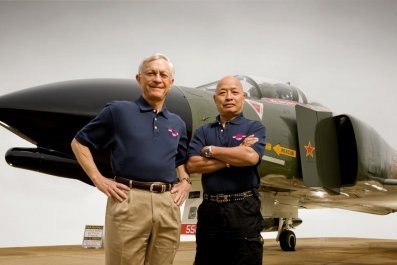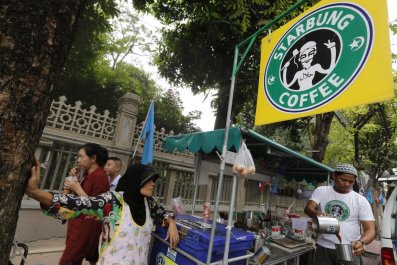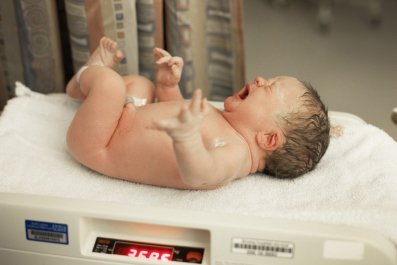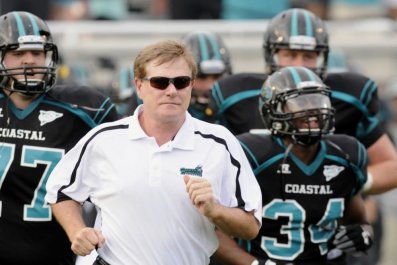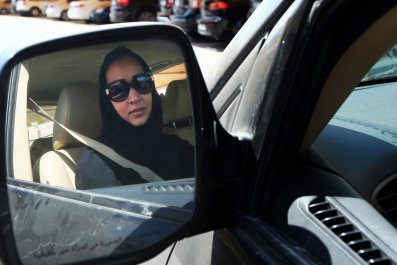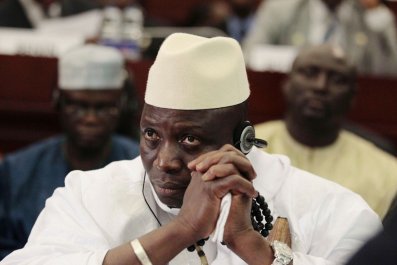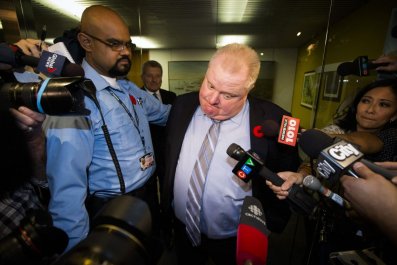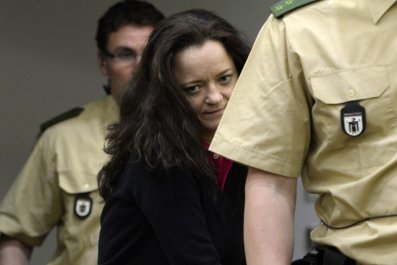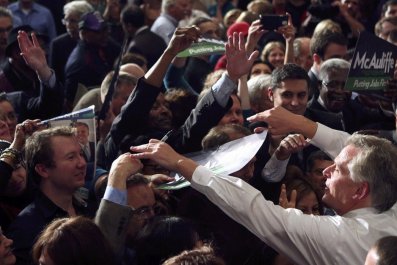There are many stories you can tell someone who doesn't "get" Twitter, or maybe just doesn't understand how it can become a business large enough to be traded on the New York Stock Exchange at $26 a share, at a total valuation of $18.1 billion, before it has even turned a profit.
But if someone really wants to understand Twitter in 2013, just talk about Scandal.
Scandal is a prime-time television show on ABC starring Kerry Washington and created by Shonda Rhimes. It's a political fantasy (West Wing/House of Cards) with plots taken from the headlines (Law & Order) and a huge dollop of old-fashioned sex-and-violence soap opera. It's a fun show. And without Twitter, it would have been cancelled long ago.
With her show struggling in the Nielsen ratings, Washington tried something unusual and a little desperate. When an episode aired, she would live-tweet it along with Scandal's diehard fans, who used Twitter as a virtual, real-time water cooler. Soon, the show's other actors, writers and staff, cajoled by Washington, got in on it too. (For a reluctant few, she offered to pen their tweets.) The cast, crew, and fans started applying the same label the show's characters claim for themselves: gladiators. They were a community. They were an army.
Two things drive people who aren't news junkies or chronic oversharers to Twitter: celebrities and live events. With Scandal, Twitter closed the gap between stars and fans: Insiders teased bits of the plot, and fans lapped it up, adding their analysis and spawning new threads. By February, the show's cast and fans were generating 2,200 tweets per minute during each episode, dominating the Twitter discussion on Thursday nights.
Like all great things on Twitter, Scandal quickly got out of hand. One of the show's most vocal anonymous "fans" turned out to be an ABC executive. And a backlash began: In The Washington Post, Soraya Nadia MacDonald panned the show as frothy fluff. "It's entertaining. It's popular," MacDonald conceded. "But where's the substance? Under the surface, under tribal loyalty, what's really there?"
You could say the same thing about Twitter. But that ignores how powerful and resilient those 140-character thin slices can be, especially when they're piled upon each other in layer after layer.
Why Television?
Many of the big innovations from Silicon Valley seemed hostile to both traditional media and the still-in-its-cradle forces of online media. Twitter is different. It is a complement, not a replacement or disruptor, and it quickly learned to play nice with the big media companies. The creators of newspapers, television, movies, and websites all use it to extend their reach and better understand their audiences.
Twitter is now partners with Nielsen, the old media standard for measuring television viewing habits, which means advertisers can now understand not just who is watching a show, but what they're saying about it, where they're located, and how influential they are in their communities. They can even glean the broader range of interests of these viewers. Through a new deal with Comcast and NBC Universal, Twitter gives users a chance to convert conversation about television directly into on-demand viewing. A tweet about a television show (whether sponsored as an advertisement or mentioned by a friend), can direct users to watch the show immediately. "See It," says Comcast CEO Brian Roberts of one of the company's services, turns Twitter into "an instant online remote control." Shows can gain viewers - and products acquire customers - with a minimum of friction and expense.
Expect more of this. Discussion about a new album, book, movie, or magazine article could steer Twitter users to a music video, an extended excerpt or movie showtimes in their area. Once you turn Twitter into a portal for media and product discovery, the wider possibilities become obvious.
In the run-up to the IPO, Twitter was steadily staffing up to make those possibilities a reality. It just hired Vivian Schiller, formerly head of digital news at NBC, to create partnerships with media companies, using the Comcast deal as a template. And in August, Twitter hired Nathan Hubbard, the former president of Ticketmaster, to be the company's new head of commerce. That means events and products in the physical world, not just the virtual one. "We're going to go to people who have stuff to sell and help them use Twitter to sell it more effectively," Hubbard told Bloomberg.
Combine this with Twitter's experiments in automation and social recommendations and you start to get a picture of a company whose technology is much more powerful and lucrative than 140-character updates on users' breakfasts. @MagicRecs is a pilot account that users can follow to see who their friends are following, favoriting, or tweeting, alerting them to sudden surges of activity. It's a powerful way for users to find new accounts to follow, or to see hot news they may have missed. But its applications for commerce are clear: Twitter could soon be recommending a new movie to you - and direct you to where you can buy tickets to see a show - before you knew it had opened. Twitter becomes a universal login with a clear map of both your social networks and interests that can deliver goods based on what it knows you want and what you like to talk about.
Television is the laboratory: The endgame is everything you watch, discuss, or think about.
Selling Out
The perpetual worry for Twitter users, particularly those who've been with the service since the early days, is that it will be used for sinister purposes. That it will become a force for evil. That it will become everything they hate. That it will be like Facebook.
Facebook is Twitter's obvious foil. They're both social networks, and they're both ad-supported media businesses. But their cultures are starkly different. Facebook is closed and private; Twitter is open and public. Facebook's original architecture is symmetrical (if you're friends with someone, they're friends with you), while Twitter's is asymmetrical. (I don't need to be "friends" with Justin Bieber or Neil deGrasse Tyson to hang on their tweets.) Facebook was built on photos; Twitter on text. And Facebook sucks you into its portal, hoping you will never leave. Twitter was built to send you away, so that you might return.
The worry, as Twitter takes more and more control over its ecosystem, is that it will become a new version of Facebook. Reaching into the clouds meant that Twitter had to break with some of its partners on the ground. Its old partners used to be developers who wanted to build dead-simple or pro-level apps; now their partners are the top media companies in the world. Bit by bit, Twitter has grown up. And growing up is a funny proposition for a social media network, which continually relies on young people and the tech-savvy early adopters to push the envelope. Historically, when a social media network grows up, it dies. Already the whispers are starting: "the kids aren't using Twitter or Facebook any more. Instagram. Snapchat. That's where the action is."
In a 2010 interview, author and avid tweeter William Gibson summed up both the appeal of Twitter and many users' worries about its future: "I hope they keep it simple. It works because it's simple. I was never interested in Facebook or MySpace because the environment seemed too top-down mediated. They feel like malls to me. But Twitter actually feels like the street. You can bump into anybody on Twitter."
The worry is that as Twitter grows as a public company, it will be forced to follow the Facebook model, away from the street and into the shopping mall.
But Twitter isn't much like Facebook. The way Twitter maximizes its reach is to get tweets cited on TV news, embedded in web sites, ported out to Facebook or Path or any other network. Facebook may be a universal recipient; Twitter is a universal donor.
If you read Twitter's S-1 statement to investors, the virtues they talk about are the antithesis of Facebook: "Public; real-time; conversational; distributed." Twitter has so much more to gain by distinguishing itself from Facebook, from Google News, from every other effort to do real-time search, news and marketing, because no other company has its assets.
Shortly before its IPO, I called Facebook "the last great company of the desktop age." Twitter is the first great company of the mobile age. And that mobile-first pedigree gives Twitter an advantage both in business and in culture that few other companies enjoy. Twitter can continue to be weird, and it can make weird profitable.



